Roblekov dom na Begunjščici
| Region | Upper Carniola Statistical Region |
| Starting point | parkirišče od Doma v Dragi |
| Route length | 4,7km |
| route duration | 1,5 h |
| Start Point altitude | 768 m |
| End Point Altitude | 1657 m |
| Best time to visit | poleti, zgodaj jeseni, spomladi |
| Appropriate for | Baby Carriers , 3-6 years of age , 6+ years of age |
| Level of difficulty | srednje zahtevna |
Opis poti
Na Roblek bom odšel, bom celo družin´co sabo vzel;) Roblekov dom stoji na razgledni točki zahodnega grebena Begunjščice. Leži na nadmorski višini 1657 m in je priljubljena pohodniška točka v Karavankah, predvsem zaradi izjemnega razgleda in toplega gostoljubja. Obisk priporočamo tudi družinam, saj ima Roblekov dom pridobljen naziv Družinam prijazna koča.
Do doma je možno priti z več različnih izhodišč. Mi smo izbrali izhodišče Dom v Dragi (z avtom smo se zapeljali po cesti še malo naprej v smeri proti Poljški planini, bližje mestu, kjer nas markacije in napis Roblek usmerijo v gozd). Pot ni zahtevna in je primerna za otroke 5 +, ki so vajeni hoje, saj se pot kar strmo vzpenja. Vmes sta še dve koči na planini Planinca in Poljški planini, kjer si lahko naberete novih moči in okrepčate. Zelo zanimiva je tudi pot z Ljubelja, ki vodi skozi Bornove tunele mimo planine Prevala, a je daljša.
Izhodišče: Od Doma v Dragi smo se odpeljali še malo naprej po cesti v smeri Poljške planine. Za večjim čebelnjakom ob cesti smo zavili levo po vzpenjajoči se makadamski cesti. Nekje na sredi poti smo ob cesti parkirali avto, saj je bila cesta od tam naprej bolj primerna za avtomobile s 4x4 pogonom. Nekaj časa smo hodili po makadamski cesti, nato pa sta nas, po prečenju manjšega mosta, markacija in napis Roblek usmerila levo na gozdno stezo. Steza se začne strmo vzpenjati, med tem nekajkrat preči makadamsko cesto, nato pa preide iz gozda in nas po travnatem pobočju privede do planine Planinca. Od tu nadaljujemo po makadamski cesti do Poljške planine, ki se nahaja 10 minut stran.
Od koče na Poljški planini nadaljujemo desno za oznakami Roblekov dom. Prečimo zapornico in se podamo v gozd po zmerno strmi poti. Pot nas pelje tudi mimo mesta, kjer je postavljenih več polen namenjenih ogrevanju Roblekovega doma. V kolikor boste pri moči odnesti kakšnega do koče, vam bodo oskrbniki zelo hvaležni. V nadalje se pot postane bolj strma, ob poti pa se nam občasno odprejo lepi razgledi. Že skoraj pri Roblekovem domu pridemo do razpotja (z desne se priključi pot s planine Prevala), na katerem se držimo leve poti, ki nas približno čez 10 minut privede do našega cilja.
Na vrhu boste nagrajeni s čudovitim razgledom!
Tukaj si lahko pogledat posnetek s spletne kamere.
Interesting Facts
The Born Tunnel
You will need a headlamp to cross it.
The tunnel was constructed in 1891 at the behest of Baron Julius Born, the owner of the St. Anne Mine and a villa on Ljubelj. He was a great lover of wildlife and had large numbers of ibex and deer settled in the region. The tunnel gave him easier access to hunting grounds on the southern side of the Begunjščica Mountain and it is now a pleasant hike across scree and through forest. Our kids were very excited to cross the dark tunnel!
Just below the Prevala Mountain Pasture, you can see the remains of the Ljubelj Labour Camp.
The Ljubelj Labour Camp was the only camp in Slovenian territory during the Second World War. It was one of 49 subcamps of the Mauthausen concentration camp complex not far from Linz, Austria. More than a thousand prisoners worked in appalling conditions from 1943–1945 to build the present-day tunnel on Ljubelj (Loibl). In doing so, about 40 people died because of hard work or were executed. In 1950, the Slovenian government allowed a monument to be built on the site of the concentration camp and declared it a memorial site. The suffering of the prisoners is shown with a statue made by the sculptor Boris Kobet. The location of the southern camp can still be seen today, because the concrete foundations of the barracks have been preserved. The makeshift crematorium, protected by steel fences, reminds us of the prisoners that were burned here.
Near this location lies the Dovžan Gorge.
This gorge is a journey through time as it is older than dinosaurs. Three hundred million years ago, this place was the site of a tropical sea, teeming with marine animals. The rocks of the gorge hide many one-of-a-kind fossilized remains.
There is a good reason for the Dovžan Gorge's status as a protected natural monument for more than 25 years. It is geologically one of the most fascinating areas of Slovenia. The picturesque valley, which is located 3.2 kilometres northeast of Tržič, was carved out by the Tržič Bistrica River deep into the heart of the Karawanks, laying bare the most complete sequence of rocks from the younger Paleozoic period, ranging from 300 to 260 million years old. The layers of rock are like the pages of a thick book, recording a fantastic story about unusual living creatures and a changing environment in the distant geological past. The Dovžan Gorge is distinguished by its extraordinary variety of sedimentary rocks as well as abundance and diversity of fossilized remains. These fossils have made a name for the gorge in the international specialized literature. The list of plant and animal species that have been found here is indeed long, but most notable are the brachiopod Karavankina schellwieni and the foraminifera Sphaeroschwagerina carniolica. Both were first discovered and described in the Dovžan Gorge and were even featured on Slovenian postage stamps.
Map
Take me to the starting point
Show route in Google mapsRent a car
Nearby Restaurants
Prevala Mountain Hut
Here you can fill your tummy with all sorts of stews and other delicacies such as “štruklji,” meat and sauerkraut hotpot, the masovnjek dish, “žganci,” etc.

Vita, Olja and Juna Recommend
The trip can be extended by a visit to the Gorenjska plaža Beach in Tržič, which has an outdoor pool. An excellent summer refreshment indeed!



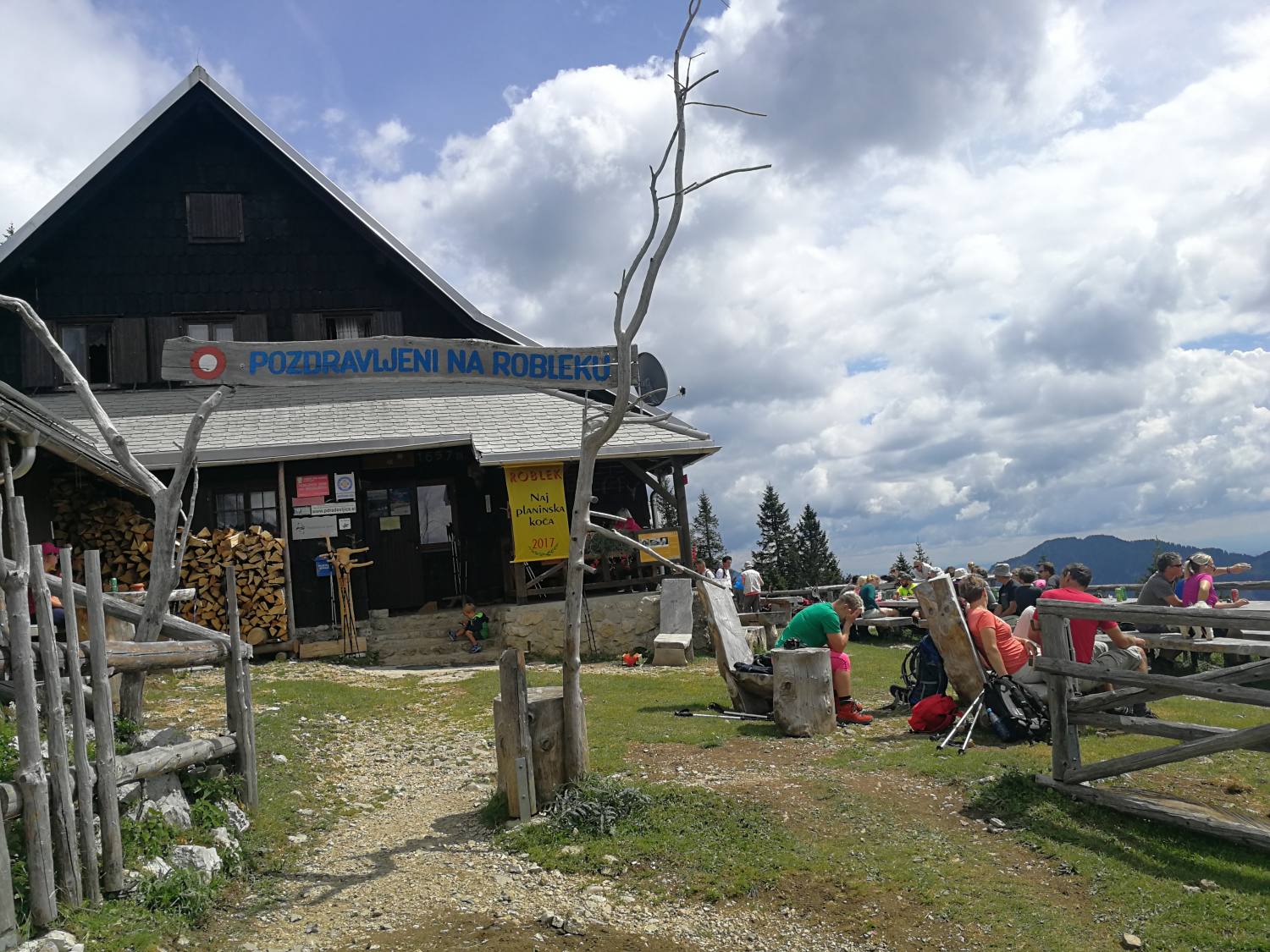



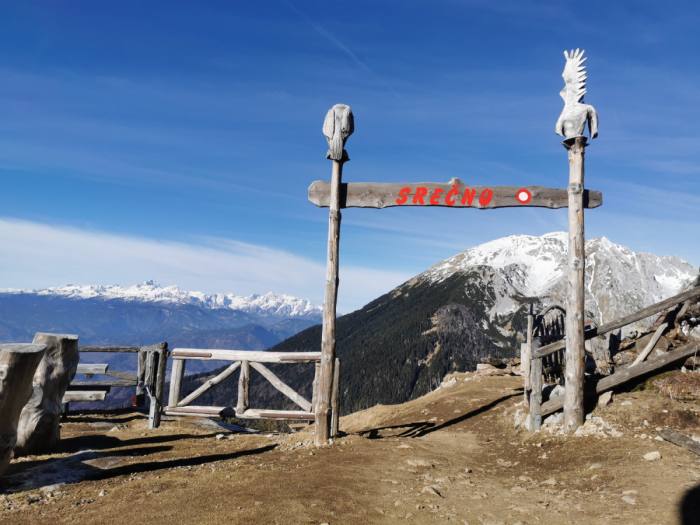
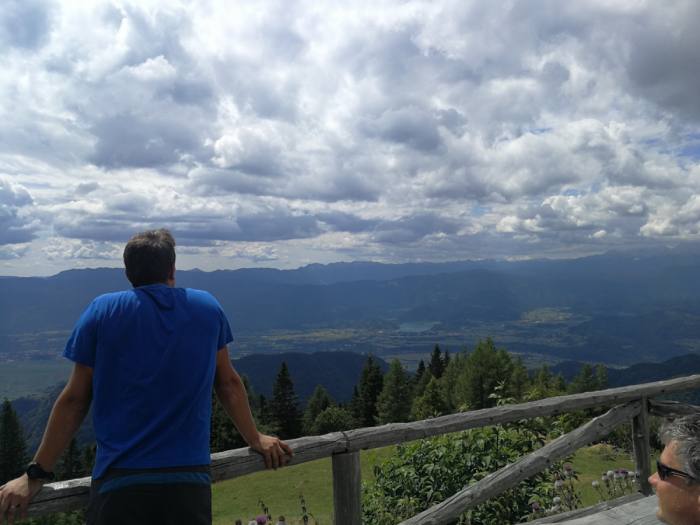
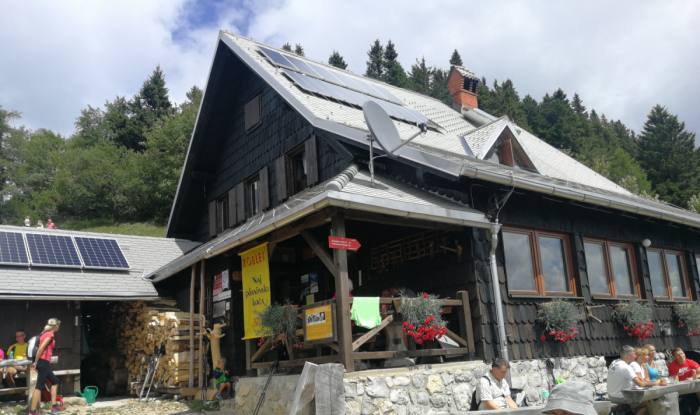
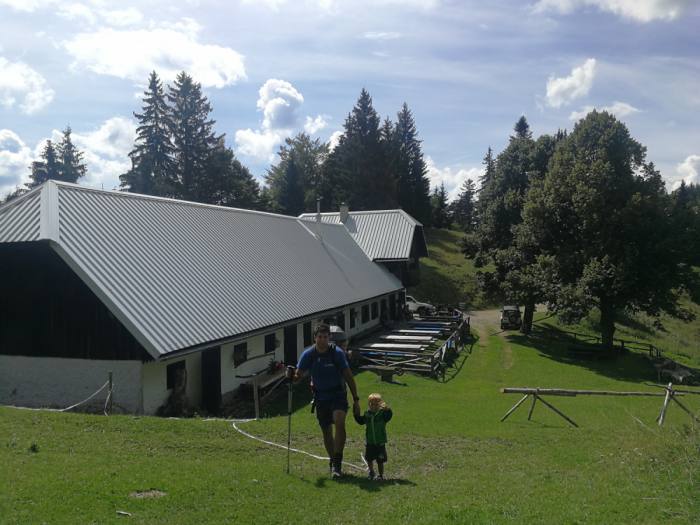
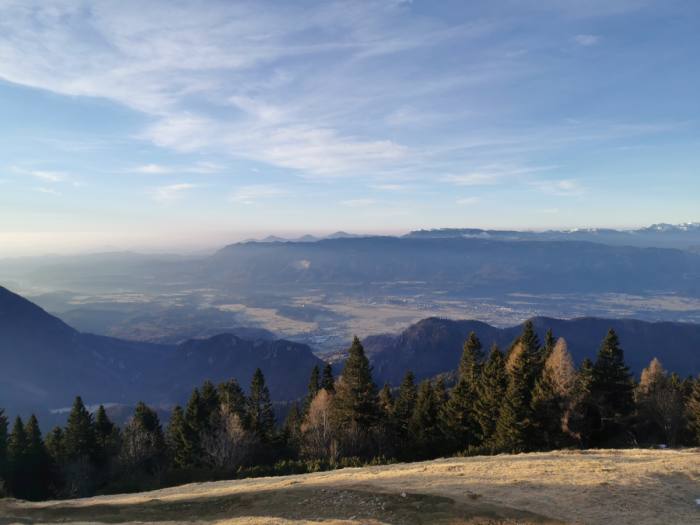
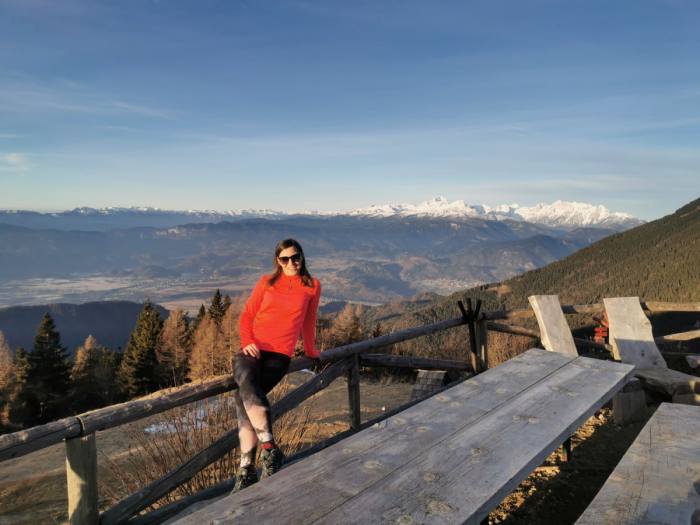
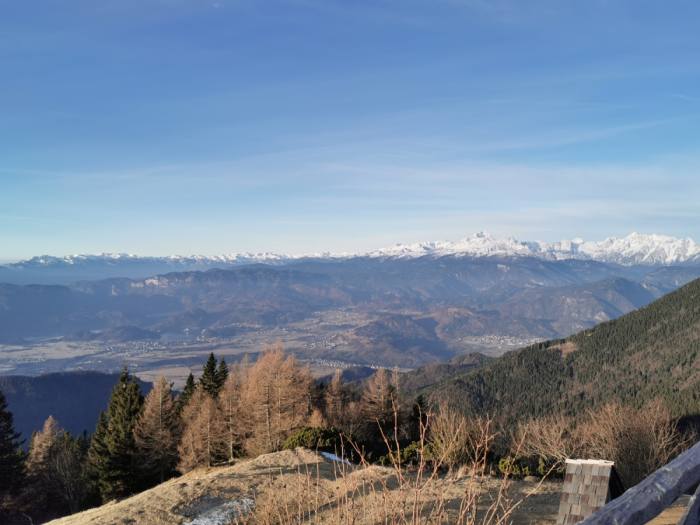

.jpg)

-188.jpg)





